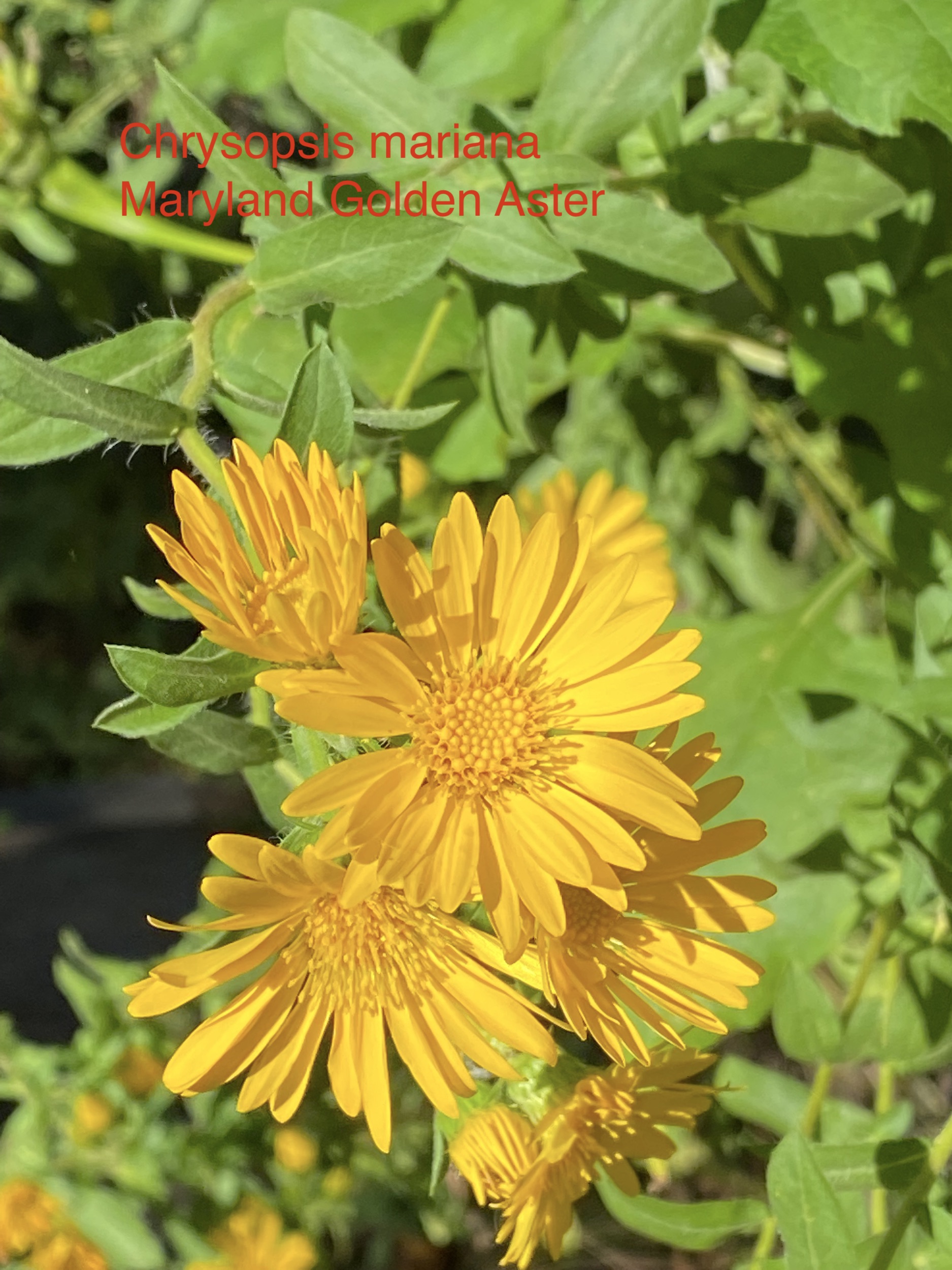Kollar Blog

Autumn Skies
Fall brings with it a special time of reflection. Days tend to be softer as the high tempetatures of summer begin to slake. Nights become cooler. The insects sense an urgency to gather more food to garner more energy in order to survive the coming winter in a dormant state; or to reproduce one last time and get that last clutch of larvae ready for their own winter slumber. It is the season of the pollinator, the time of color and fragrance. Liatris, coneflower, Vernonia, meadow rue, patridge berry, wintergreen, black-eyed Susan, culver root, butterfly weed, milkweed, nodding onion, Silphium, mountain mints, asters and some of the goldenrods are in bloom or are soon to be. Ferns are creeping slowly through forested glades and hummingbirds and sphinx moths routinely flit from bee balm to bergamot and so many more. As the days grow shorter, the hummingbirds, butterflies, moths, native bees, wasps and flies, the bumblebees, ants and foragers of nectar and pollen are about the land. If you have the plants, they will come and delight you with their aerobatics and irridescent displays. They are part of the fabric of where we live, our ecological realm.
Read More
Spring Cascade
The bloodroots are usually the earliest spring wildflowers to emerge from their winter hibernaria, flushing to flamoyance just days after the soil temperatures rise above freezing. They are preceded only perhaps by the skunk cabbage flowers that create so much heat around themselves that they can melt snow. Soon to follow will be the Virginia bluebells, spring beauties, wood poppies, fiddleheads, violets, hepaticas, trilliums and so many more. At least, that's the way it used to be. Help to reestablish what should be; plant native wildflowers.
Read More
